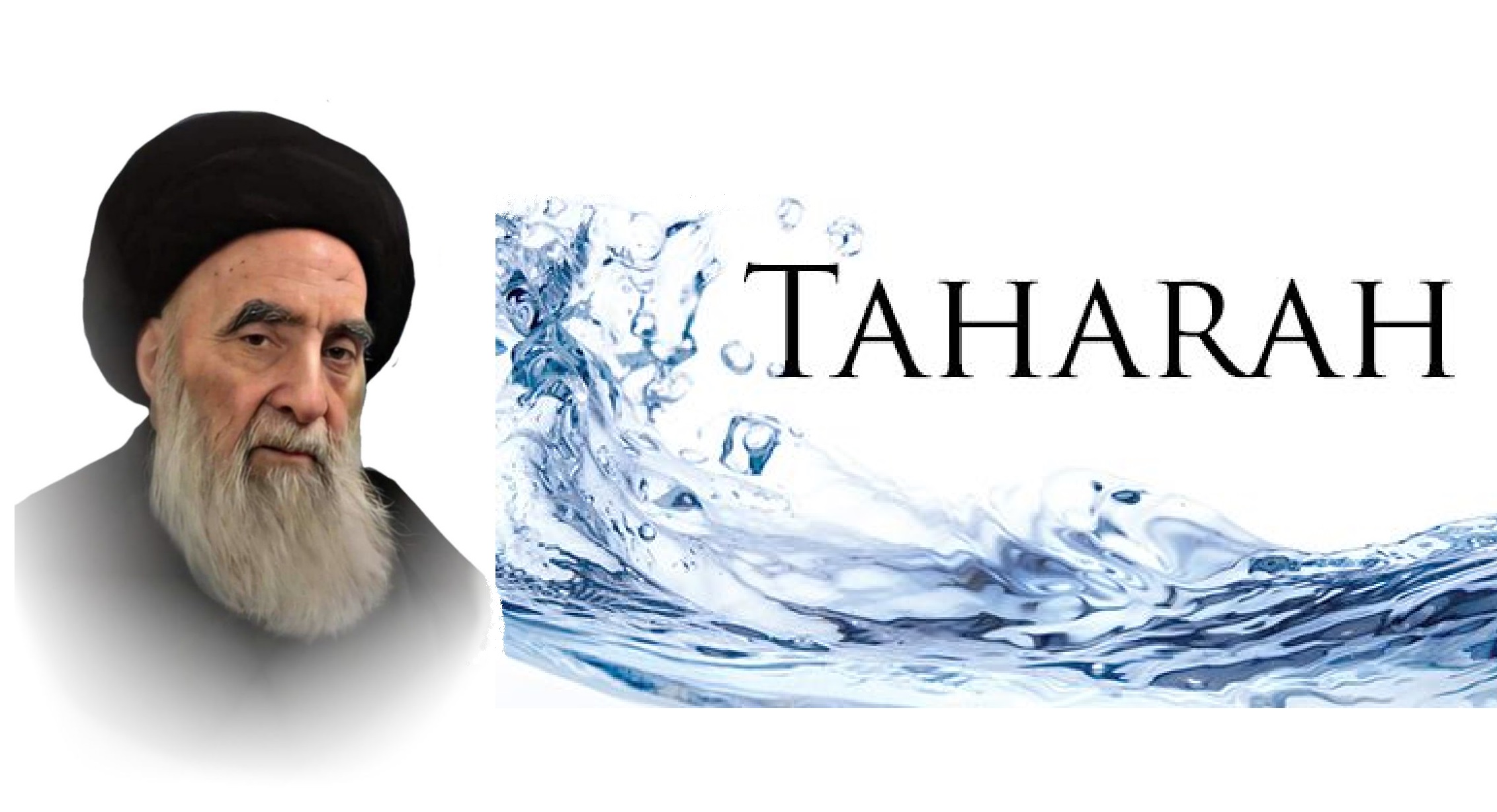Istipà:
Istipà, is a recommended act for men after urinating. Its object is to ensure that no more urine is left in the urethra.
There are certain ways of performing Istipà, the best of which is that after the passing of urine, if the anus also has become Najis it is made Tahir first. Thereafter, from the anus up to the root of penis should be pressed thrice, with the middle finger of the left hand. Then the thumb is placed on the penis, and the forefinger below it pressing three times up to the point of circumcision, then the front part of the penis should be pressed three times.
The moisture which is discharged from penis during wooing and courtship, is called Madh. It is Tahir, and so is the liquid which is seen after ejeculation, which is called Wadh. Similarly, the liquid which at times comes out after urination, is called wadh and it is Tahir if urine has not reached it. If a person performs Istipà’ after urinating, and then discharges some liquid doubting whether it is urine or one of the above mentioned three liquids, that liquid is Tahir.
When enough time has lapsed since urinating, and one becomes sure that no urine is left in urethra, and then he sees some liquid, doubting whether it is Tahir or not, he will consider it as Tahir, even if he had not done Istipà’. If he has Wudu, it will be valid.
Istipà’ is not meant for women, and if she sees any liquid and she doubts whether it is urine, that liquid is Tahir, and it will not invalidate Ghosl and Ghusl.
Source:
A Brief of Islamic Law
The Grand Ayatollah Al-Sistani
[Vol. 1, Pg. 8].

